Beautiful Plants For Your Interior
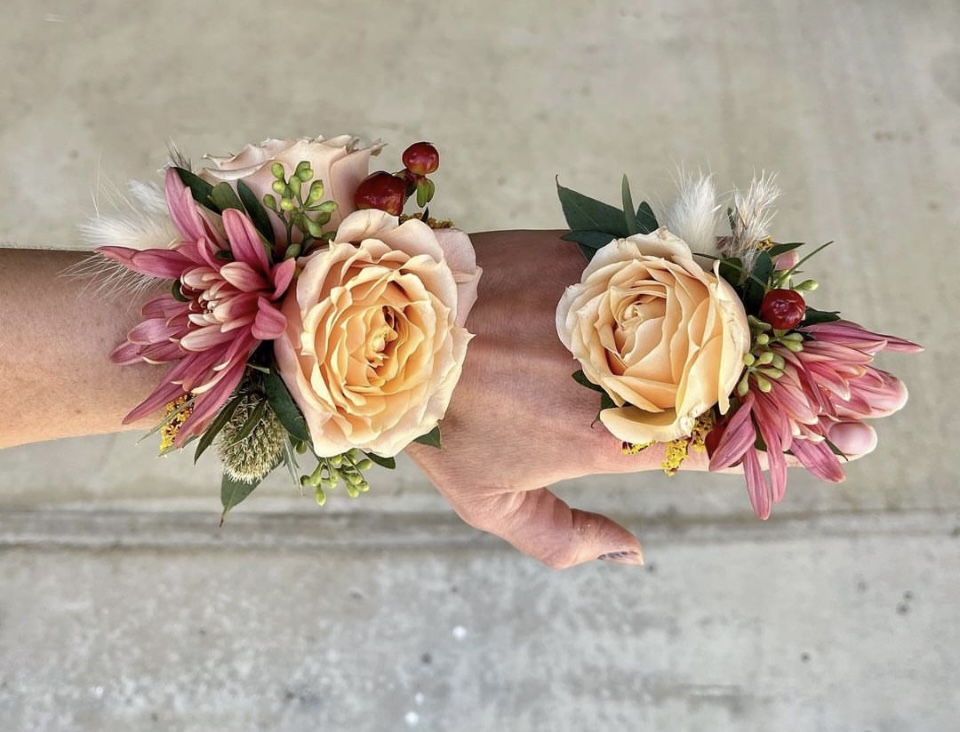
The wedding world, like any realm governed by traditions, is an ever-evolving tapestry of old and new. As times change, so do customs. One such tradition is the giving and wearing of corsages. Once a staple in formal events like proms and weddings, the corsage has seen its popularity ebb and flow over the years. So, do girls still get corsages at weddings today? Let’s dive deep into the history, evolution, and contemporary standing of the corsage in the modern wedding landscape.
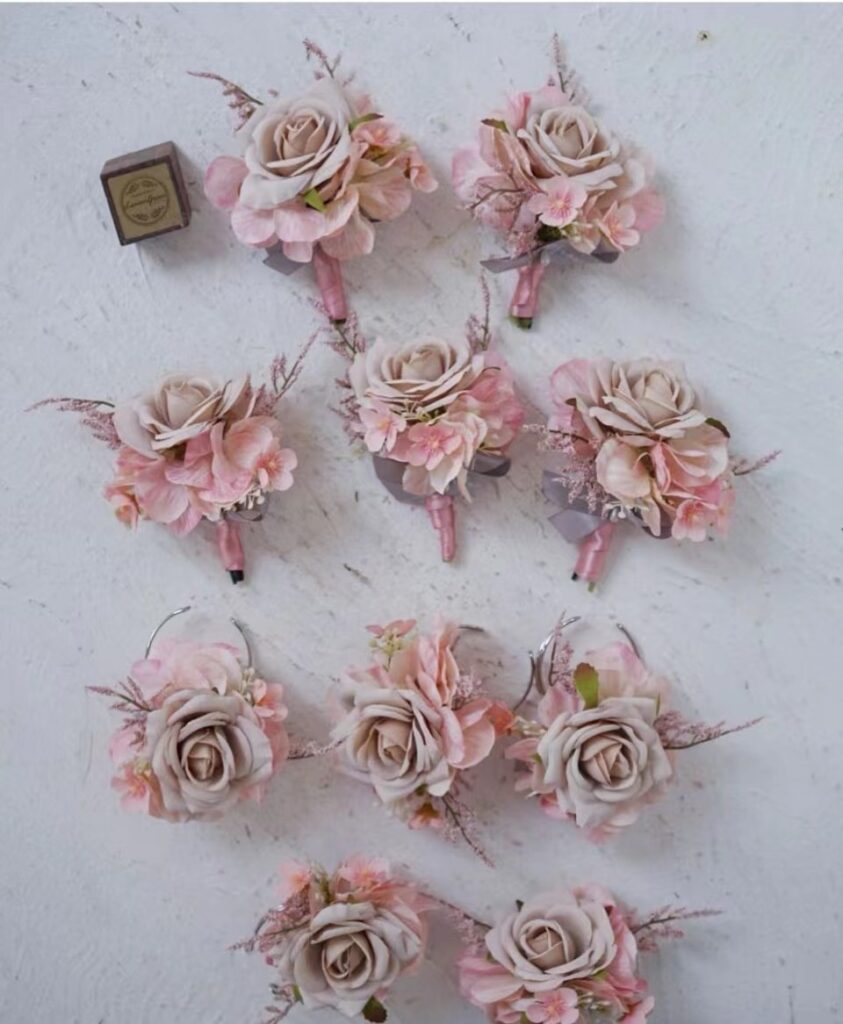
The Historical Significance of Corsages
The term “corsage” is derived from the French word “bouquet de corsage,” meaning “bouquet of the bodice.” Historically, flowers have been worn for various reasons – from warding off evil spirits to symbolizing love and fidelity. The corsage, typically worn on the bodice or wrist, served both a functional and symbolic role.
In ancient times, flowers were believed to ward off evil spirits. At weddings, this protective function was crucial, and both brides and grooms would wear herbs and flowers. As time passed, these protective herbs and flowers evolved into more decorative arrangements, eventually leading to the development of the bridal bouquet and the corsage.
Corsages Through the Ages
Floral tributes have been interwoven with human culture and ceremony for millennia. Among these, the corsage stands out as a particular emblem of honor and celebration. But how did we come to recognize this small bouquet as a marker of special occasions? Let’s trace the evolution of the corsage from its earliest roots to its modern interpretations.
Ancient Origins
Long before the term “corsage” entered the popular lexicon, flowers held spiritual and symbolic significance in many ancient cultures.
1. The Greeks and Romans: These civilizations used flowers and herbs not just for their aromatic properties, but also for their supposed spiritual powers. Dainty arrangements, predecessors of corsages, were often worn to protect against evil spirits or to gain favor from deities.
2. The Middle Ages: During this period, flowers continued to serve protective and symbolic roles. Knights, for instance, would wear a lady’s colors (often in the form of a flower) as a token of affection or commitment, both in tournaments and battles.
Victorian Era Flourish
The Victorians were known for their intricate etiquettes and profound love for flowers. During this period:
1. Language of Flowers: The Victorian era saw the blossoming of “floriography” – a complex language where different flowers and their arrangements conveyed covert messages. A corsage, depending on its composition, could carry a spectrum of sentiments, from romantic interest to deep respect.
2. Prominence in Formal Events: It was also during this time that corsages began to gain popularity in formal events. Young ladies attending balls or other significant events would often receive corsages, which they’d wear as a symbol of the special occasion.
20th Century: The Heyday of the Corsage
The 1900s, particularly the mid-20th century, marked the peak of corsage popularity.
1. Symbol of Special Occasions: Corsages became almost a rite of passage. They were a staple at proms, homecomings, birthdays, Mother’s Day, and of course, weddings. A young lady receiving her first corsage was a much-anticipated event, marking her transition into womanhood.
2. Wedding Traditions: Within the realm of matrimony, the corsage occupied a place of honor. It was no longer just the domain of the bride or her bridesmaids. Mothers, grandmothers, and even special guests would don corsages, distinguishing them from other attendees.

Modern-day Interpretations
As the world entered the new millennium, the corsage, like many other traditions, began to see a transformation.
1. Diverse Styles: The pin-on corsage, once the standard, now competes with wrist corsages, floral rings, and even hairpiece corsages.
2. Beyond Flowers: Modern corsages aren’t limited to fresh flowers. From silk to dried flowers, from beads to brooches, the materials used reflect a wide array of personal tastes and themes.
3. Gender Neutral: Today’s corsages aren’t limited by gender. In many contemporary events, including weddings, both men and women might wear corsages or their equivalent, breaking past traditional norms.
The Modern Take on Corsages
Fast forward to the 21st century, the corsage, while still present, has seen a shift in its usage and popularity.
1. Personalization: The modern wedding places immense value on personalization. Couples today want their weddings to be a reflection of their individual stories. In this realm of personalization, the corsage can be adapted, transformed, and even reimagined. Some brides opt for wrist corsages that match the theme of their wedding, while others might opt for floral jewelry or hairpieces as a contemporary alternative.
2. Minimalism and Sustainability: With the rise of minimalist weddings and an increasing emphasis on sustainability, some couples opt to forego corsages to reduce floral waste. Instead, symbolic gestures, a note, or a shared moment might replace the traditional corsage for the mothers and grandmothers.
3. The Expanding Wedding Party: The definition of the wedding party has expanded in recent years. From bridesmen to grooms’ ladies, the traditional roles have become more fluid. This change impacts the corsage tradition. With diverse wedding parties, the distinction of who gets a corsage can vary widely based on the couple’s preferences.
Do Girls Still Get Corsages? The Contemporary Verdict
In an era characterized by rapid change and the evolution of traditions, one can’t help but wonder about the fate of longstanding customs. The corsage, with its deep-rooted history and significance, naturally enters this discourse. Are modern girls still fascinated by corsages? Do they hold the same allure? The answer, while not straightforward, provides a glimpse into the contemporary mindset.
1. The Rise of Personal Choices:
Today, more than ever, personal choice dominates over strict adherence to tradition. Many girls and women opt for corsages because they genuinely adore them, not just because they are expected to wear one. This shift from obligatory customs to personal preferences has given the corsage a more genuine space in modern celebrations.
2. A Symbol Beyond Gender:
The contemporary world increasingly challenges gender norms. No longer are corsages seen as a ‘female-only’ accessory. Today, both men and women might don corsages or boutonnieres, highlighting the move towards greater gender fluidity in fashion and celebrations.
3. Versatility in Design:
Modern corsages have evolved beyond the traditional pin-on floral arrangement. From wrist corsages to floral rings and hairpiece corsages, there is a myriad of styles catering to varied tastes. This versatility ensures that the younger generation can find a corsage design that resonates with their unique style, making it more relevant than ever.
4. Sustainable Choices:
With growing environmental consciousness, there’s a move towards sustainable choices in all aspects of life, including celebrations. Some girls are choosing eco-friendly corsages, made of sustainable materials, dried flowers, or even reusable elements. This not only underscores the corsage’s relevance but also its adaptability to contemporary values.
5. Digital Age and Social Media:
In the age of Instagram, Pinterest, and TikTok, visual aesthetics play a significant role. Corsages, being inherently aesthetic, find favor among many young individuals looking to add that touch of elegance to their ensemble and share it with their digital audience. Social media, in many ways, has rejuvenated the corsage’s popularity among the youth.
6. The Sentiment Remains:
While the form and reasons might have evolved, the core sentiment behind corsages remains consistent. They still symbolize love, respect, and celebration. For many, the act of receiving a corsage, with its rich historical connotations, adds depth and sentimentality to an occasion.
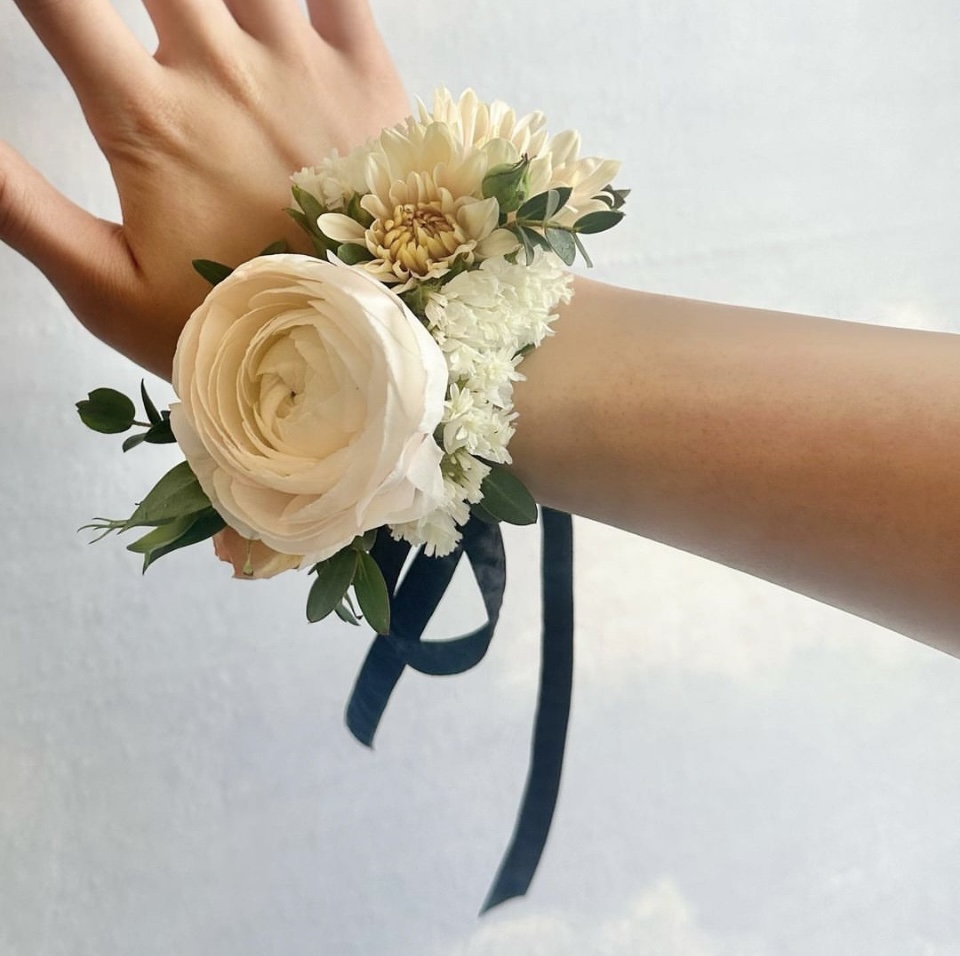
The Symbolism Remains
At the heart of the corsage’s enduring appeal is its deep-rooted symbolism. Regardless of the evolving styles, materials, or occasions of use, the underlying connotations and significance of the corsage have largely remained consistent, serving as an emblem of respect, love, and celebration. Delving deeper into the symbolism, we can discern various layers that underline its cultural importance.
1. Connection to Nature:
Flowers, as nature’s beautiful creations, have always represented life, growth, and the transient beauty of existence. Wearing a corsage, therefore, can be seen as an attempt to embrace the moment, acknowledging the ephemeral nature of our most significant occasions.
2. Recognition and Honor:
Especially in the context of weddings, corsages are traditionally given to the mothers and grandmothers of the bride and groom. This act signifies their esteemed positions, recognizing their roles, guidance, and the lineage they represent. It’s a silent yet potent symbol of acknowledgment.
3. Love and Affection:
Flowers have universally been symbols of love. A corsage, whether given by a romantic interest, a family member, or chosen by oneself, becomes a representation of affection and cherished bonds.
4. Protection and Good Fortune:
Harking back to ancient traditions, flowers were often seen as amulets against evil spirits and bringers of good fortune. While this belief might not be prevalent in its original form today, the gesture of gifting or wearing a corsage can still symbolize wishes for happiness, safety, and blessings for the wearer.
5. Celebration of Milestones:
Corsages often mark milestones. Be it the transition from girlhood to womanhood marked by a young lady’s first corsage at her prom, or the celebration of maternal figures in weddings, the corsage becomes a badge of honor, marking significant life events.
6. Personal Narratives and Individualism:
With the contemporary movement towards personalization, the corsage, in its many avatars, tells a story. From the choice of flowers reflecting personal tastes or memories to the design echoing individual style, the corsage can be a narrative piece, telling tales of personal journeys and significance.
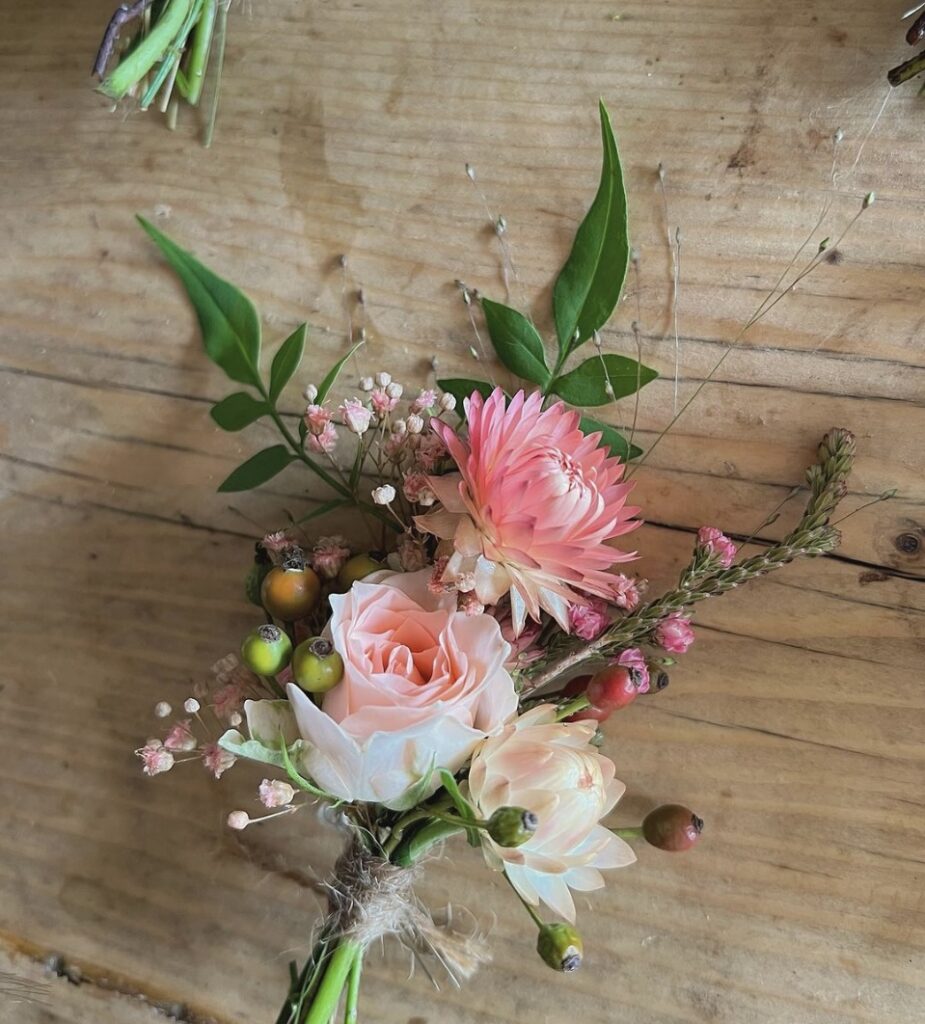
In Conclusion: The Corsage as a Testament to Evolving Traditions
Weddings, in their essence, are a celebration of love, commitment, and the coming together of two lives. Intertwined with these celebrations are traditions, passed down through generations, each carrying tales of cultural heritage, familial honor, and individual sentiments. The corsage is one such emblem that has, over time, woven itself into the fabric of wedding customs, holding a special place in the ceremony’s tapestry.
Yet, as with any tradition in the dynamic milieu of culture and society, the corsage has not remained untouched by the winds of change. Its form, its significance, and even its very presence have been subject to reinterpretation and reinvention. While once it might have been an unquestioned staple at weddings, today, its role is more nuanced, reflecting the broader shifts in how modern couples approach their nuptial celebrations.
Contemporary weddings are as much about individual expression as they are about tradition. They are canvases upon which couples paint their unique love stories, using brushes of personal values, aesthetics, and aspirations. In this evolving landscape, the corsage, too, finds its new narrative. For some, it remains a poignant tribute to the women who have shaped their lives, an emblem of respect and affection. For others, it morphs into newer tokens of gratitude and recognition or perhaps steps aside for alternative gestures of appreciation.
The beauty of traditions lies not just in their continuity but also in their adaptability. The corsage’s journey from its historical roots to its present-day avatars underscores this very adaptability. It reminds us that while the essence of celebrating love and honoring those dear remains steadfast, the ways we choose to express these sentiments can and do evolve.
In the end, whether the corsage adorns the wrists of mothers and grandmothers or finds expression in other forms, its spirit persists. It stands as a testament to the enduring nature of love and respect and the timeless desire to honor those who hold special places in our hearts. As couples across the world plan their weddings, making choices that resonate with their journeys, the corsage remains a beautiful option among a plethora of meaningful gestures, a silent witness to the evolving saga of love and union.
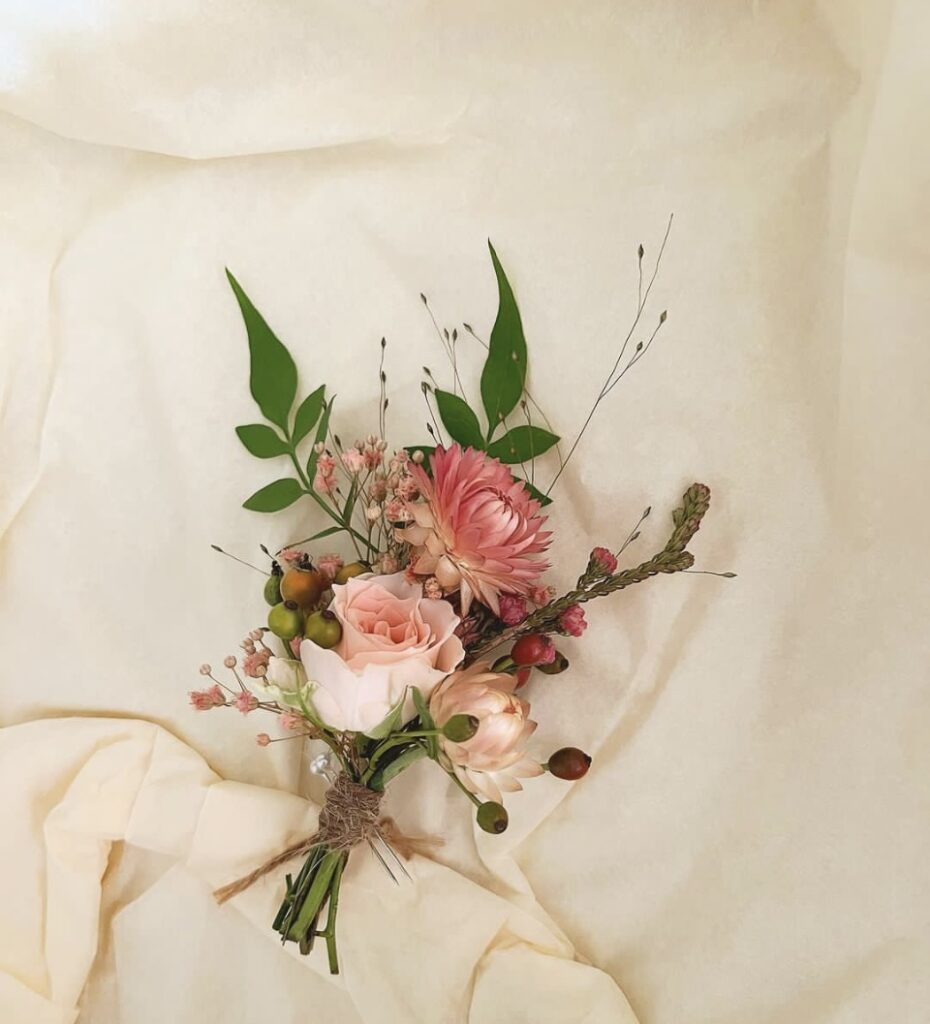

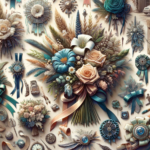
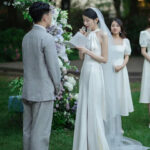
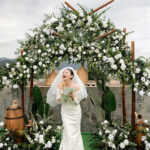
Recipient raved of how lovely the flowers had been.
Dear Renato,thank you for your kind feedback! We’re delighted to hear that the recipient enjoyed the flowers. We appreciate your support and look forward to serving you again in the future.
The flowers arrived on time. I like your love for flowers.
Thank you so much for your kind words! We’re delighted to hear that the flowers arrived on time and that our shared love for their beauty resonates with you.Thank you for taking the time to share your comment with us!